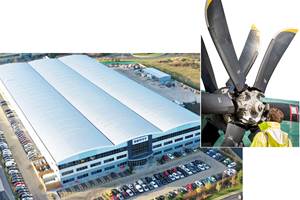Thermoplastic composite panels deliver affordable housing solutions
Modular construction concept takes composite housing another step forward, offering a wide range of comparably priced housing solutions to builders of all types.
In the 21st Century, one of the more compelling human stories is the growing need for resources to house Earth’s expanding population, and the growing awareness that those resources are infinite and, in many cases, increasingly scarce. One case in which that contrast is acute is residential housing. The United Nations foresees a deepening global housing crisis — more than 440 million urban households will be in need of affordable accommodation by 2025. But conservationists warn that the sustainability of Earth’s forests, the source of the lumber to build those accommodations, is at serious risk. This conflict has done much to pique interest in fast-build construction technologies based on fiber- reinforced composites. As the new century’s second decade nears its end, composite manufacturers’ efforts in the housing arena are picking up speed. CW reported, for example, on the recent international growth of MVC Plásticos’ (Sao Jose dos Pinhais, Brazil) locally grown MVC Wall System in 2016 (see Fast-build construction with composites). But many such solutions must enter the market if the construction industry is to make inroads into residential construction and homebuilders are to appreciate the value that lightweight, energy-efficient composites technologies can offer.
Continuous fiber-reinforced thermoplastic composite panel technologies conceived seven years ago by Axia Materials Co. Ltd. (Hwaseong, South Korea) have already seen use in numerous projects. Among them are uses as diverse as US military barracks in Kuwait, vacation cabins in Europe, affordable homes in Asia, Africa and Central America, and, currently, bids for multi-family refugee and student housing in Scandinavia. Used together with an in-house developed, software-based housing design system, Axia’s composite panel concept is, today, anticipating the future of residential homebuilding.
Thermoplastic composite panels
Axia Materials began in 2000 as PolymersNet Co. Ltd., a developer and supplier of thermoplastic engineered polymers for injection molding. Using novel, in-house polymerization technologies, the company formed partnerships with well-known engineering plastics firms worldwide. In 2004, it focused on high-flow polymers and in situ polymerization, changing its name to Axia Materials in 2007. At that time, it also established a subsidiary in Kirchheim, Germany, for raw material development.
In 2010, the company began prototyping its LiteTex continuous fiber-reinforced thermoplastic production line for thermoformable sheet stock. “We produce continuous rolls, containing up to 400m of 3m-wide sheet, made using our proprietary powdered resin matrix materials,” says Justin Jin, CEO and president of Axia Materials. The reinforcement may be carbon, glass, aramid or any other industrial fiber, while the matrix is one of six resins that Axia has commercialized (listed in Table 1, above). “We use solid monomer to avoid volatile organic compound (VOC) emissions,” Jin adds.
The solid monomer, formulated for high flow, avoids not only VOC issues but also other problems common to materials already processed into high-viscosity polymers. For example, to maintain pressure on viscous melted polymers, sheet width often must be limited, and the manufacturing method is typically a batch process. But Jin notes that LiteTex is made in a continuous process at speeds of 2-4 m/min, “determined by the in situ polymerization rate of each monomer. Our lines do not use high-pressure machines and typically stay below 260°C.” Rolls of reinforcement are fed into the machinery. The monomer is added in powder form, then melts, in situ polymerizes and consolidates it with the reinforcement. The melted monomer’s water-like viscosity enables micro-impregnation of filaments within the fiber bundles, achieving a high degree of resin-to-fiber distribution. The consolidated sheet receives a UV protection film inline, and then is rolled, labeled and inventoried.
By 2014, two LiteTex lines were refined and running, but now the LiteTex panels weren’t used only for thermoforming. Axia Materials added a LitePan laminated composite structural insulation panels (SIP) production line, in which LiteTex skins are laminated onto both sides of a core material (Fig. 1) to form what would become its residential housing panel stock.
The panels can be varied according to application and need. The core can be insulation foam — expanded polystyrene (EPS), extruded polystyrene (XPS), polyurethane (PU) or PET — or one of the more recently developed structural insulation cores made with rubber, ceramic or polymer honeycomb materials. Panels up to 3m by 15m are produced using a proprietary adhesive and a vacuum or hydraulic press. Production time varies between
20 and 120 minutes, depending on the process. Panels are then checked to ensure a smooth, high-quality surface. They are then trimmed and routed to create window and door openings and finished for use as walls, roofs and floors in permanent or deployable buildings.
Eclectic and varied applications
From the beginning, Axia has emphasized breadth of application. Case in point? An early LitePan destination was at the Eiffel Tower. LiteTex thermoplastic skins laminated to PU foam, then to marble facing, were used in 2014 to reduce the weight of hundreds of Tower stairs. “The 20-mm-thick marble steps were too heavy,” says Jin. “We were able to reduce this to 5-mm-thick marble facings bonded to very strong yet lightweight panels, featuring LiteTex skins made from glass fiber woven roving and our proprietary mEP resin.”
In 2015, Axia customer Technology and Supply Management LLC (TaSM, Fairfax, VA, US) used LiteTex glass fiber/mEP skins for the interior and exterior faceskins of the composite panels it supplied for the US military’s Kuwait Energy Efficient Project (KEEP) at Camp Buehring, Kuwait. The relocatable kit developed by TaSM enabled the construction of 75 two-story and 25 one-story shelters, fabricated by connecting the SIP walls, roofs and floors, without any additional structural framing. Even when outside temperatures hit 115°F/46°C, the buildings maintain 78°F/26°C inside, without air conditioning, thanks to the R-25 panels, with an insulation rating of 0.23 w/m2K. The buildings also feature roof-mounted solar panels. Their energy efficiency and comparatively low weight will save the military hundreds of thousands of dollars in fuel and energy costs.
Pixel Haus: Housing simplified
As Axia Materials worked with TaSM and its other customers, it recognized the need for a set of pre-engineered, standard designs, using panels pre-tested to meet industry building and fire regulations. Thus, the Pixel Haus system was developed for a variety of temporary, emergency and permanent accommodations using LiteSpan SIP. There are currently several Pixel Haus design categories:
- Four standard “tiny house” designs (e.g., 6m width, with lengths from 5-10m).
- Four standard designs for “regular” homes (e.g., one 6m by 14m story, two 4.5m by 14m stories).
- Three sizes of emergency/disaster/mobile shelters (18, 27 or 36m2)
- Temporary housing (36, 58 or 65m2) sized slightly larger than a shipping container, which can be built in one day for use as a field office, temporary hospital, school building or any other application where mass accommodation is needed in a short period.
“The building sector contributes up to 30% of greenhouse gas and consumes 40% of energy worldwide,” says Jin. He claims the Pixel Haus building system requires only 15% of the energy vs. steel, yet is 4-10 times stronger, plus offers a longer lifecycle. “I would describe Pixel Haus as ‘Energy House’ because it minimizes energy use from the manufacturing of materials, through to delivery, construction, building management/operation, demolition and recycling,” says Jin. “All of the processes emit minimum CO2 yet achieve maximum energy efficient housing, plus all the materials used for Pixel Haus can be 100% recycled,” he adds.
“Each Pixel Haus design is based on easy-to-build modules,” Jin explains, “so construction takes only 12% of the time compared to typical building methods. We can connect all of the panels for a single module with eight people in three hours.” Further, he notes, this process does not require building experts, thus enabling do-it-yourself (DIY) construction. “We believe this DIY process is the only way to supply large numbers of houses in short time periods.”
The panels that comprise Pixel Haus modules consist of a LitePan SIP with 1.2 cm by 1.2 cm thick wood furring strips attached to one side, which support the reproof layers (e.g., sheetrock, gypsum or magnesium oxide or MGO board). The air gap between LitePan and the reproof layer also hides electric cabling and increases insulation (Fig. 2). To pass one-hour load-bearing fire tests, two reproof layers are screwed into the furring strips. The number, thickness and type of reproof layers are highly dependent on each site’s building code. Jin notes that Pixel Haus designs use insulated panels rated up to R-50, with no thermal bridging. Each house is also surface-sealed, waterproof and airtight.
Pixel Haus panel-to-panel structural connections can be selected from various methods, including adhesively bonded composite profiles or engineered plastic fastener systems. “The engineered plastic fasteners have been jointly developed with a German company,” says Jin, and provide more than 1,600N (about 160 kg) of pullout strength while maintaining a watertight seal. Axia also is working on a proprietary prepreg connection method. “The key technology of the panel-to-panel connection is to achieve load transfer, so that you exploit the composite panels’ high tensile strength,” Jin explains. “Axia Materials has developed various proprietary connecting methods, which have already passed building regulations.”
Gable House demonstration
In a demonstration project called Gable House, completed in Hwaseong, Korea, in October 2016 and pictured here, a 45m2 house was built in seven days. The two-story house, comprising a 32m2 first floor and 13m2 second floor, was constructed from 14 LitePan units with 150-mm thickness and R-27 insulation. After lamination, the LitePan panels were transferred to an automated cell where CAD files for this Pixel Haus kit directed CNC robots to rout each panel’s dimensions (e.g, end panels were cut diagonally to enable support for its gabled roof), as well as cutouts for window and door openings (Step 1). All panel edges were tightly sealed to avoid damage or water absorption during delivery and construction. Panels were then flat-packed into a single container and transported to the construction site (Step 2).
Onsite, a concrete pad was prepared for construction. (Note: Although Gable House was a demonstration of construction method and speed and, therefore, plumbing steps were bypassed, plumbing connections ordinarily would be installed in the Pixel Haus concrete pad before panel construction began.) Pixel Haus panels then were unloaded.
The bottom floor panel was anchored into the concrete foundation with mechanical fasteners. Two panels were formed into one gabled end-wall, using the adhesive and composite profile structural connection. Then, the assembled end-wall was erected (Step 3). Adjacent panels were then bonded to each previously erected panel, glued along edges and also to the floor, moving around the perimeter of the house until the walls were in place (Step 4). This process was completed in only three hours. Then two panels were adhesively bonded over the top of the walls to form the gabled roof (Step 5).
On the second day, wall, floor and roof connection zones were triple-sealed, windows and doors were installed and the inner floor heating (an electric-powered hot-water system, using vacuum copper pipe) was installed (Step 6). On day three, interior plumbing and electrical wiring were completed and the zinc roof system was laid directly over the LitePan roof panels (Step 7). Note that additional waterproofing was unnecessary, which saved time and cost compared to conventional building technology.
A layer of sheetrock was applied to all walls and roof panels, providing 1-hr load-bearing fire resistance. The roof was finished on day 4, concrete was applied on top of the oor heating system and the interior walls/ceiling and exterior walls were prepared for paint and plaster, respectively. On day five, the outer-wall stucco and interior paint was applied, and wood flooring was installed. Painting was finished, inside and out, on day six. Day seven installations included lighting and plumbing fixtures, Google Nest Internet of ing (IoT) control system, ventilation and other final finishes (Step 8).
Certification, cost and future projects
Jin is quick to point out that Pixel Haus is far beyond the demonstration stage. “Many Pixel Haus projects have now been completed,” he emphasizes, “including hospitals in Africa, affordable homes in Central America, passive energy homes in Korea and emergency homes in New Zealand.” The Pixel Haus panels have passed 60-minute load-bearing fire tests to achieve ASTM E119, European REI 60 and Korean KCF 2257-8 certification (Fig. 3). “Now we are proceeding with certification per the International Building Code (IBC), which will include testing for mechanical properties, fire rates and fastening,” says Jin. “We are already approved for construction around the world, including in North America,” he adds. “Having IBC certification just reinforces the reliability of our data and construction approach.”
The Pixel Haus concept is being further developed in cooperation with the Aachen Center for Lightweight Technology (AZL, Aachen, Germany), including pursuit of Zero Net Energy (ZNE) certification. ZNE buildings, as defined by the New Buildings Institute (NBI, Washington DC, US), are ultra-efficient constructions that consume only as much energy as they produce from clean, renewable resources. ZNE construction is a fast-growing trend, with the US Green Building Council (USGBC, Washington DC, US) reporting a 74% increase in ZNE-certified buildings in 2017 and continued growth expected. “We are developing ‘click-in’ solar roof panels using LitePan modular roof systems to further reduce installation and maintenance costs,” says Jin. “We are also using small wind turbines for power as well as to generate air current, forcing airflow through the space between the solar panels and the roof.”
Significantly, Jin claims Pixel Haus cost is comparable to or less than that of conventional construction, due to reduced labor and time. For example, a fully-equipped 65m2 house starts at US$30,000 and can be built in seven days. “Our hardware and materials cost more,” he concedes, “but our approach requires much less time and labor and our transportation costs are lower, due to flat-pack ability.”
He points out that its transportability makes the Pixel Haus concept well-suited for disaster and emergency housing. Indeed, a submitted bid proposal for refugee housing in Scandinavia calls for each 548m2 Pixel Haus module — comprising four one-bedroom/one- bathroom units connected by a central hallway — to be built from 96 panels that can be transported via four 12m freight containers (Fig. 4).
Finally, Jin is excited about the concept of do-it-yourself (DIY) housing. “Within the next 12 months, we will launch a next-generation Pixel Haus that helps normal people build their own homes without needing support from building experts,” he reveals. “Now under development by a global team, this next generation of Pixel Haus will be ‘drag-and-drop’ designed on the web and will exploit virtual reality technology to help people imagine their house before construction.” As is done for professional homebuilders, do-it-yourselfers will see precision-cut thermoplastic composite panels delivered as at packs directly to their building sites.
“We are actively working on developing game-changing solutions to meet a wide variety of housing needs around the world,” says Jin. “Our goal is to bring the most energy efficient and eco-friendly house solutions with the best composite material for the best performance but in a smart way that delivers on affordability.
Related Content
Thermoplastic composites welding advances for more sustainable airframes
Multiple demonstrators help various welding technologies approach TRL 6 in the quest for lighter weight, lower cost.
Read MoreMaterials & Processes: Fibers for composites
The structural properties of composite materials are derived primarily from the fiber reinforcement. Fiber types, their manufacture, their uses and the end-market applications in which they find most use are described.
Read MoreNatural fiber composites: Growing to fit sustainability needs
Led by global and industry-wide sustainability goals, commercial interest in flax and hemp fiber-reinforced composites grows into higher-performance, higher-volume applications.
Read MorePlant tour: Dowty Propellers, Gloucester, U.K.
Transforming decades of design and RTM production reliability into more sustainable, next-generation composite propellers.
Read MoreRead Next
From the CW Archives: The tale of the thermoplastic cryotank
In 2006, guest columnist Bob Hartunian related the story of his efforts two decades prior, while at McDonnell Douglas, to develop a thermoplastic composite crytank for hydrogen storage. He learned a lot of lessons.
Read MoreCW’s 2024 Top Shops survey offers new approach to benchmarking
Respondents that complete the survey by April 30, 2024, have the chance to be recognized as an honoree.
Read MoreComposites end markets: Energy (2024)
Composites are used widely in oil/gas, wind and other renewable energy applications. Despite market challenges, growth potential and innovation for composites continue.
Read More

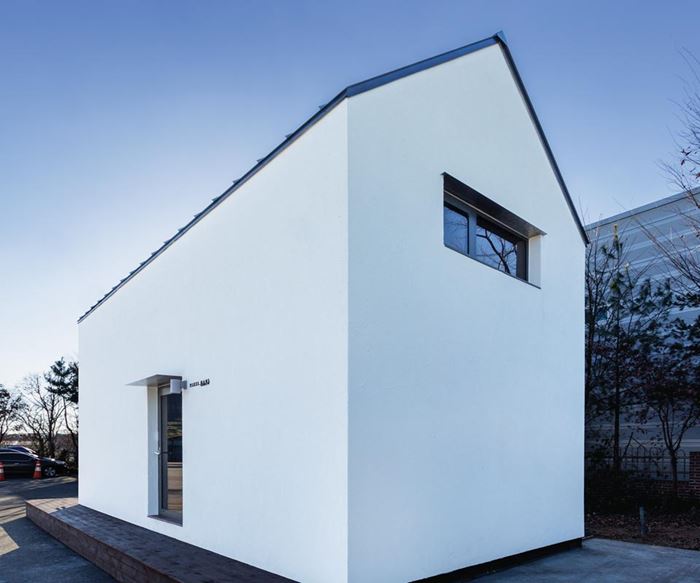
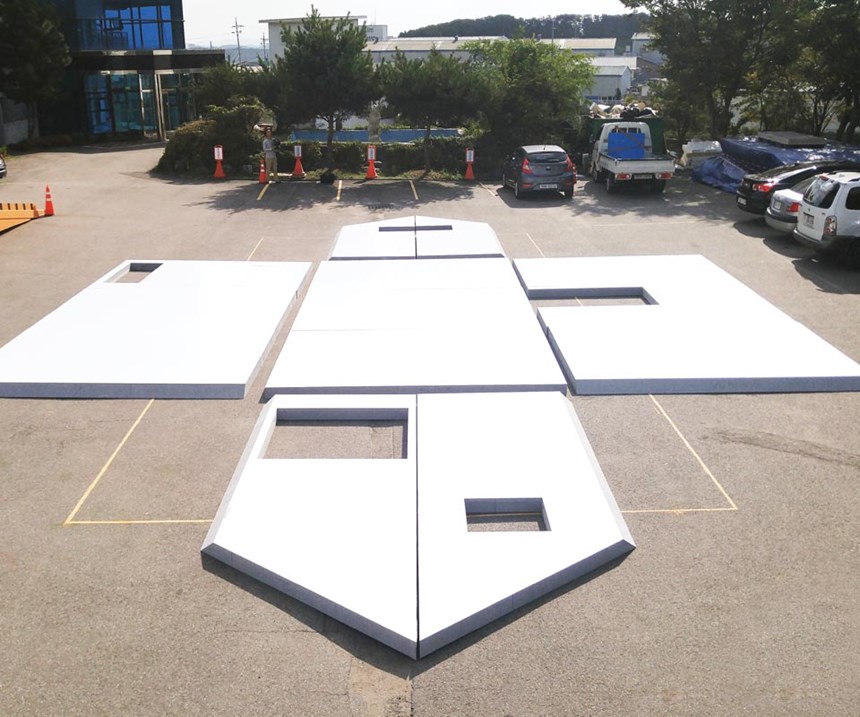

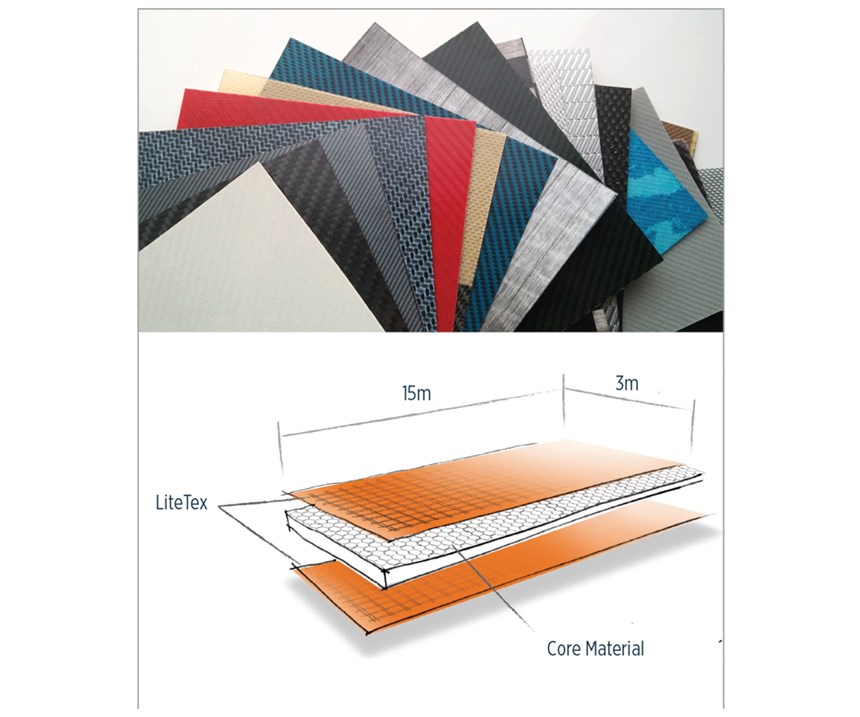
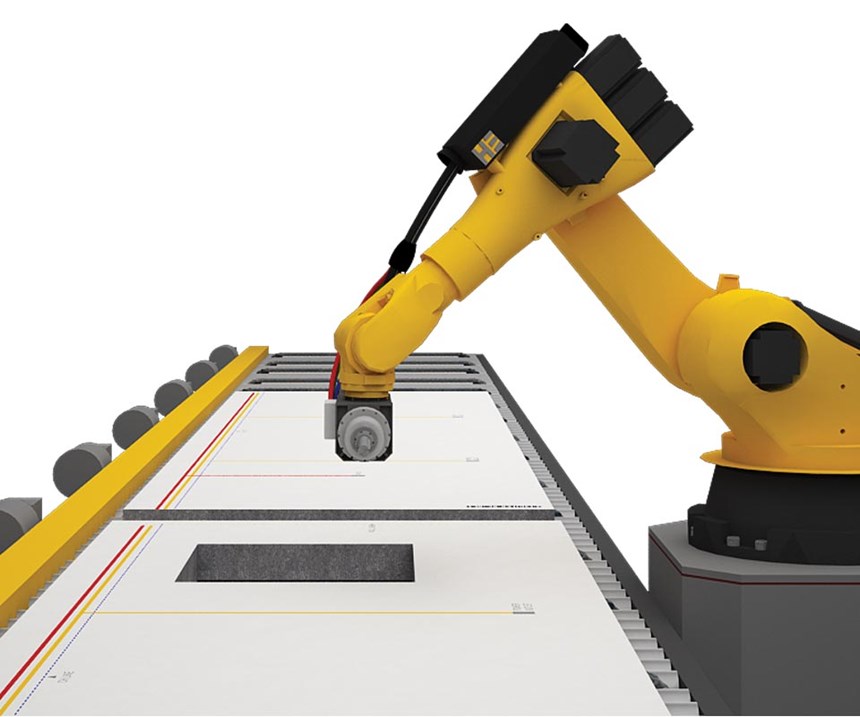

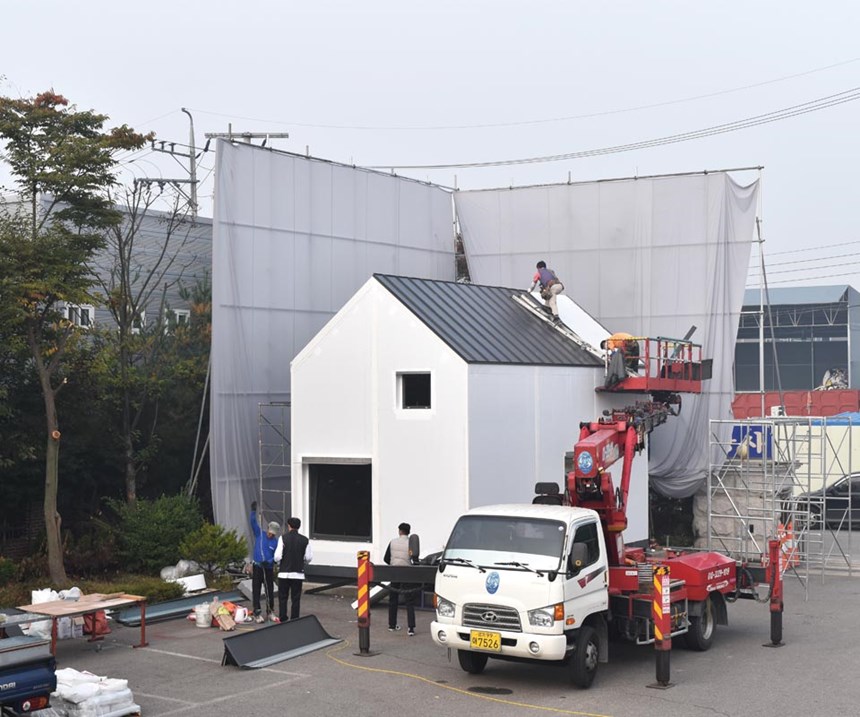

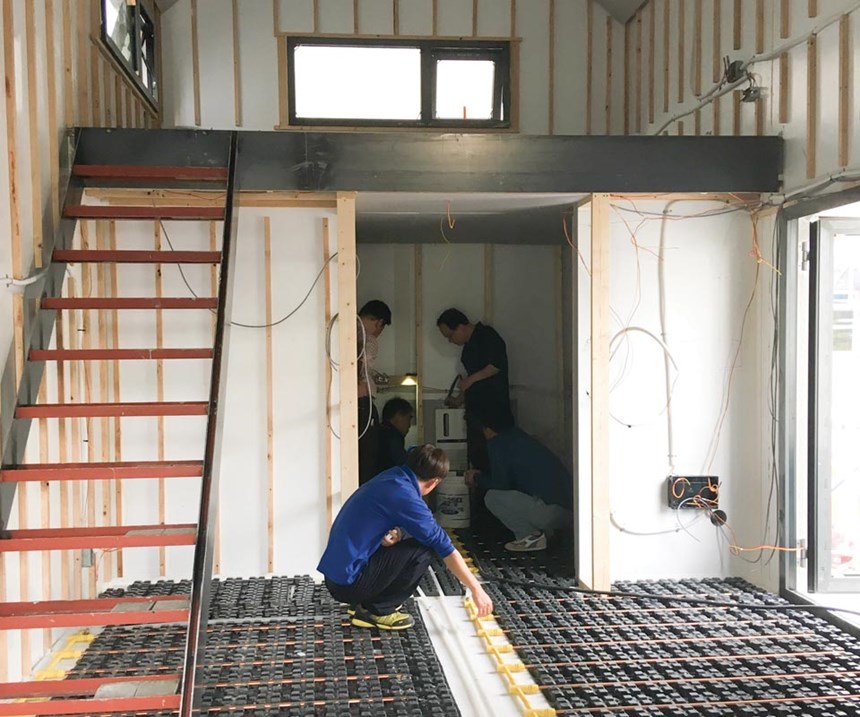
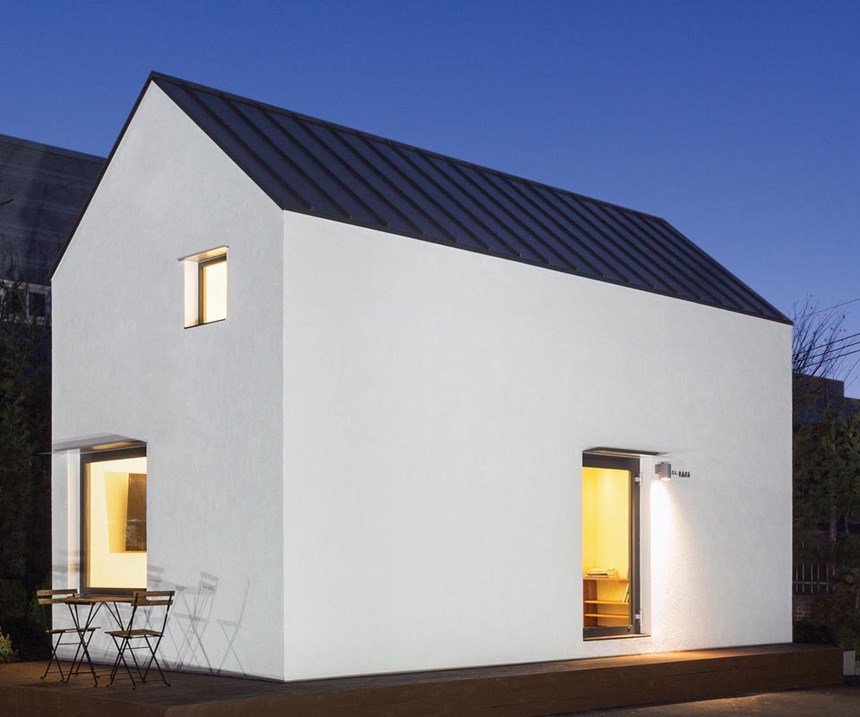
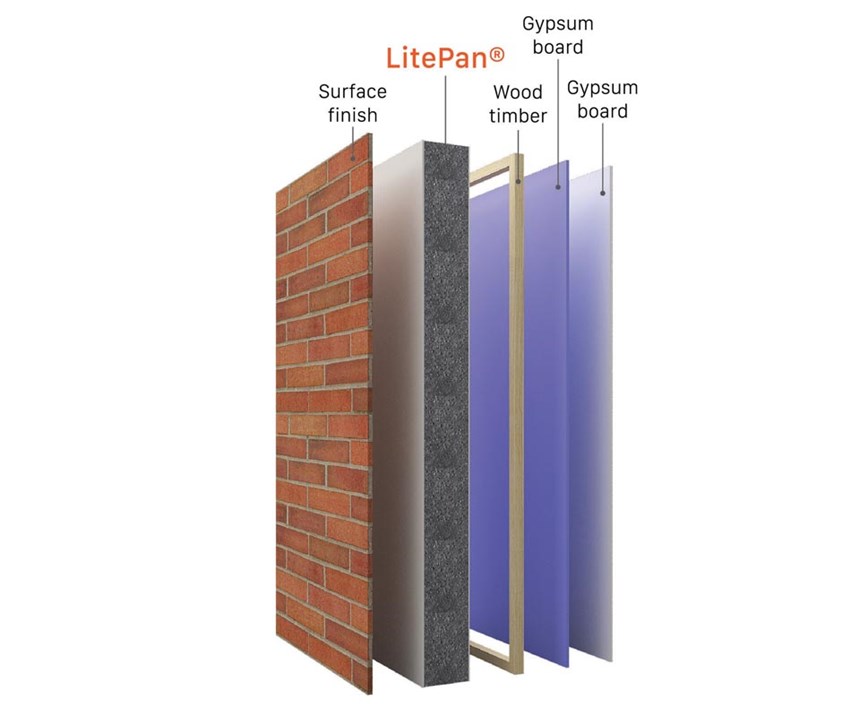

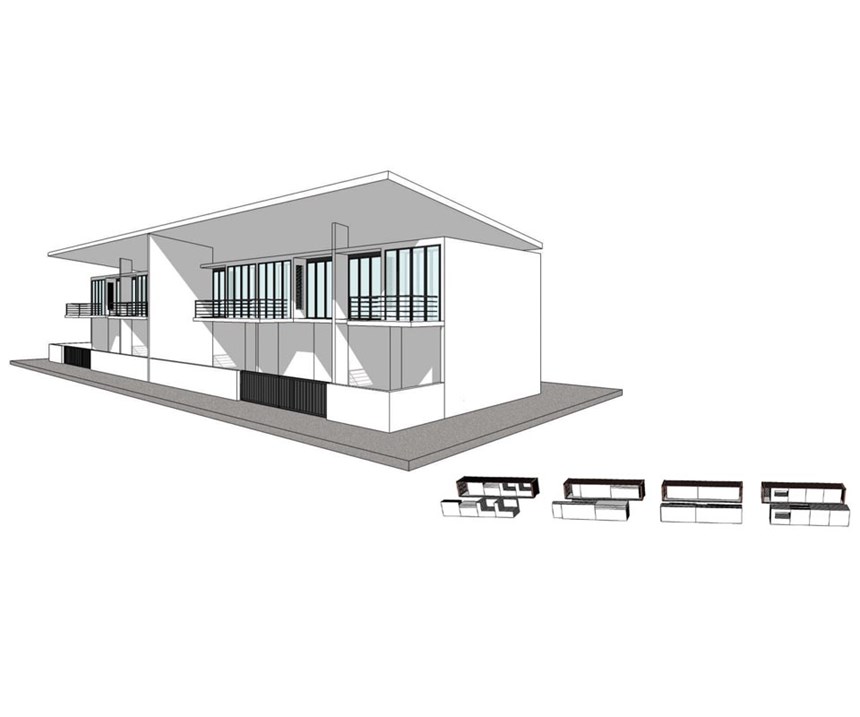

















.jpg;maxWidth=300;quality=90)








